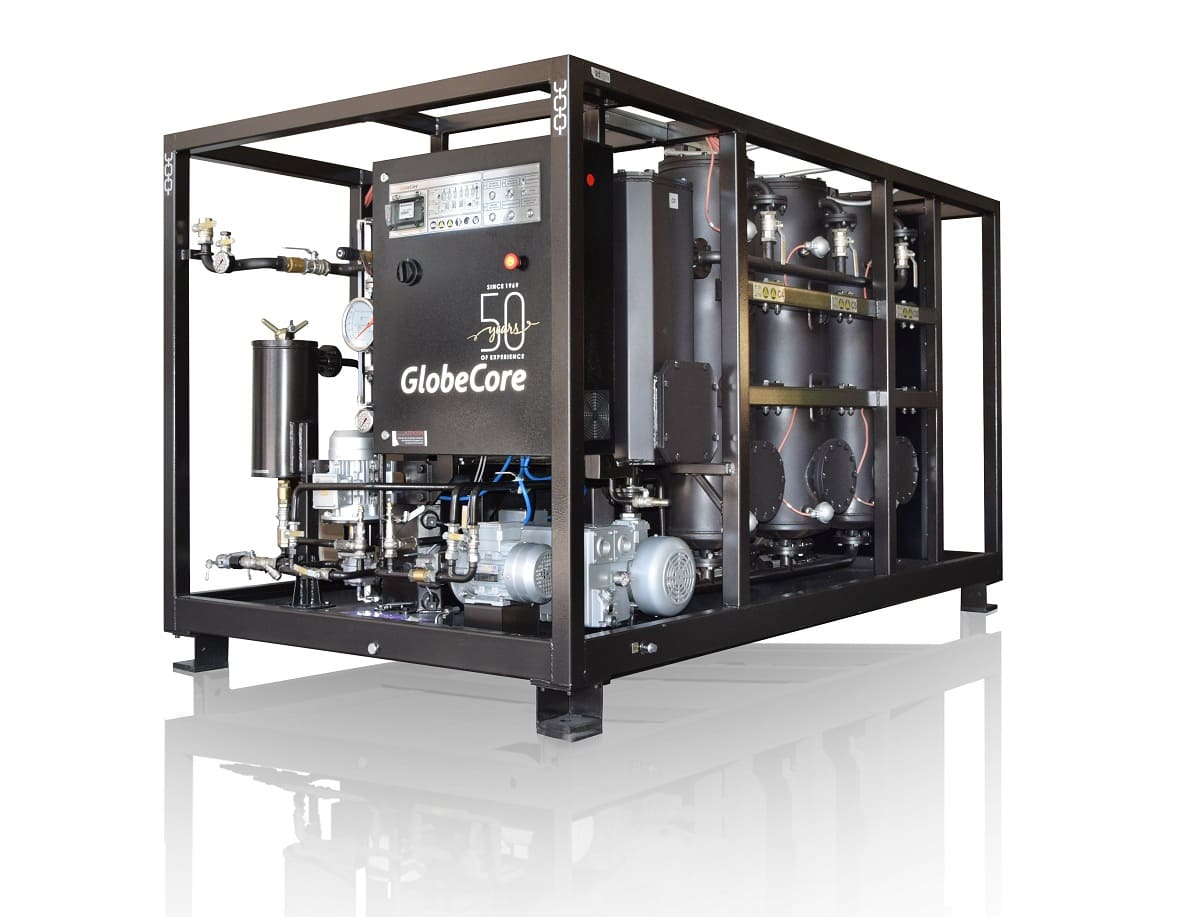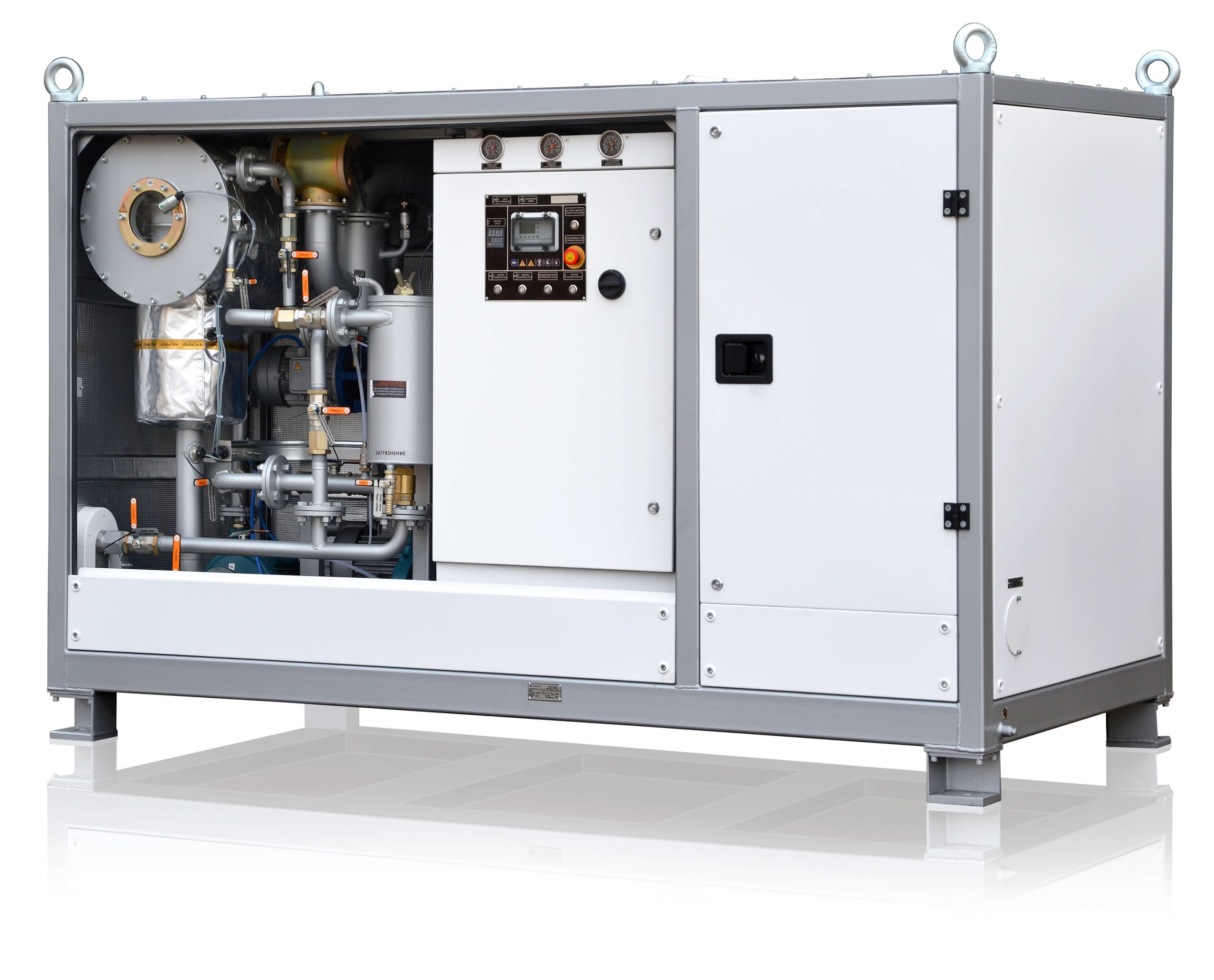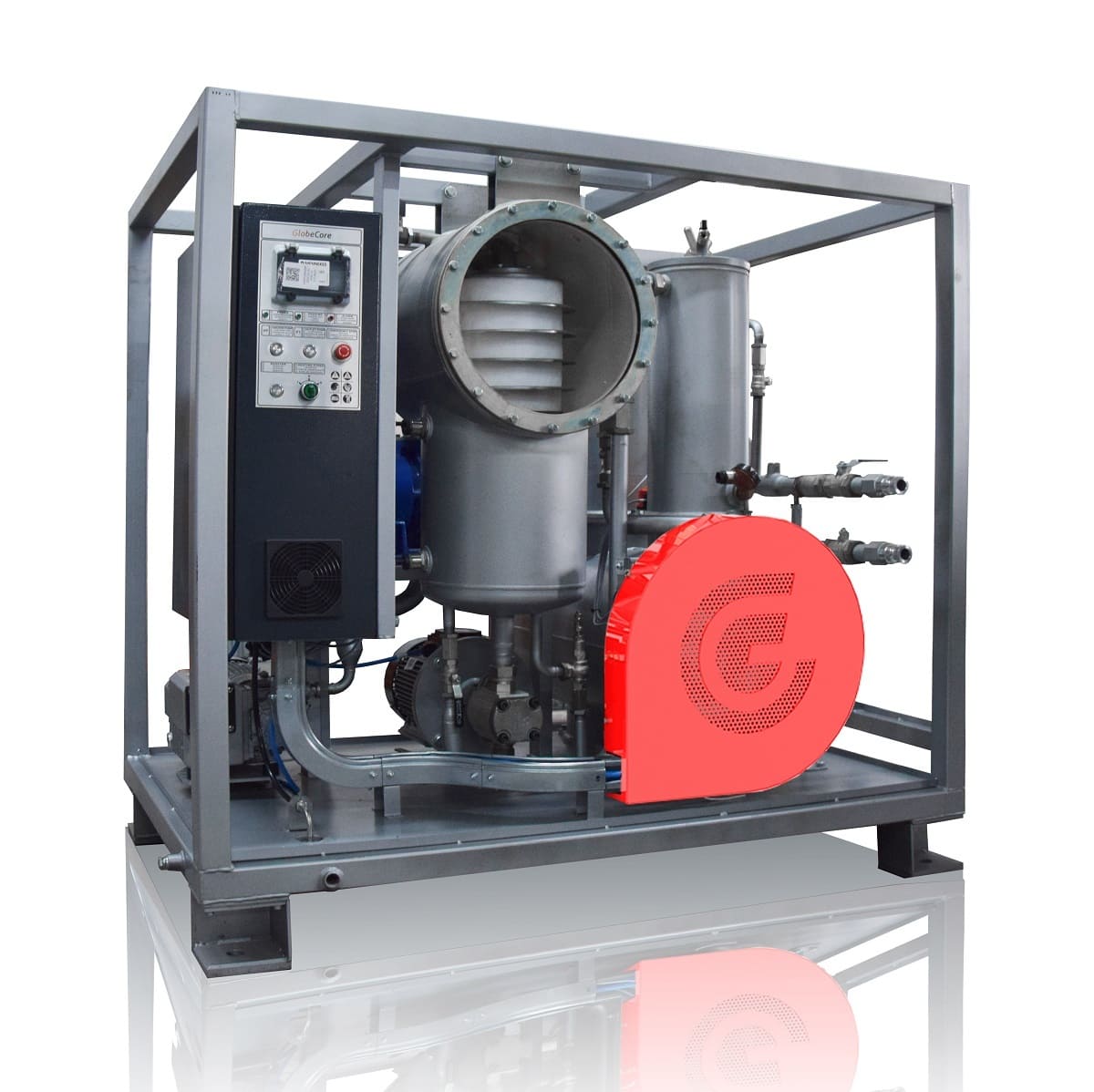What steps are involved in the silicone oil purification process?
What steps are involved in the silicone oil purification process?
- Este tópico contém 1 resposta, 2 utilizadores e foi actualizado pela última vez há 1 ano, 1 mês por .
Answers
-
Outubro 4, 2024 às 9:51 pm by Joshua Roberts
The silicone oil purification process typically involves the following steps:
Heating the Oil: The silicone oil is heated to reduce its viscosity, which enhances the efficiency of subsequent purification steps.
Vacuum Dehydration: The heated oil is subjected to vacuum conditions to remove moisture and dissolved gases. The reduced pressure lowers the boiling point of water, causing it to evaporate at lower temperatures.
Filtration: The oil passes through a series of filters with decreasing micron ratings to remove particulate contaminants. This multi-stage filtration captures both large and fine particles.
Degassing: Any remaining gases are extracted from the oil using a degassing chamber. This step improves the oil’s dielectric strength.
Adsorption Treatment: Adsorbent materials, such as activated alumina or molecular sieves, are used to remove acidic compounds and other dissolved impurities.
Cooling: The purified oil is cooled to the appropriate operating temperature before being returned to the transformer.
Quality Testing: Samples of the purified oil are tested to ensure that key parameters like moisture content, dielectric strength, and acidity meet the required standards.
By following these steps, the purification process restores the insulating and cooling properties of silicone oil, ensuring optimal transformer performance.



